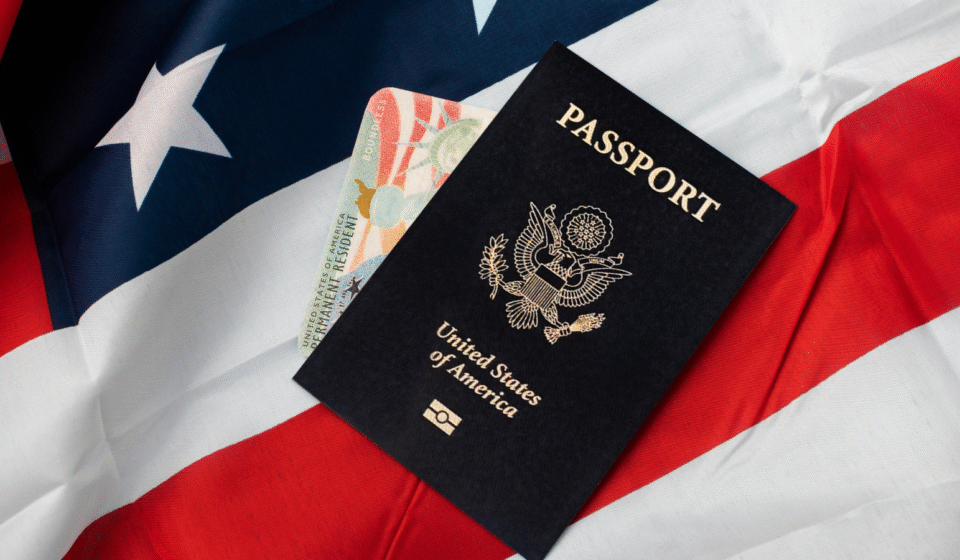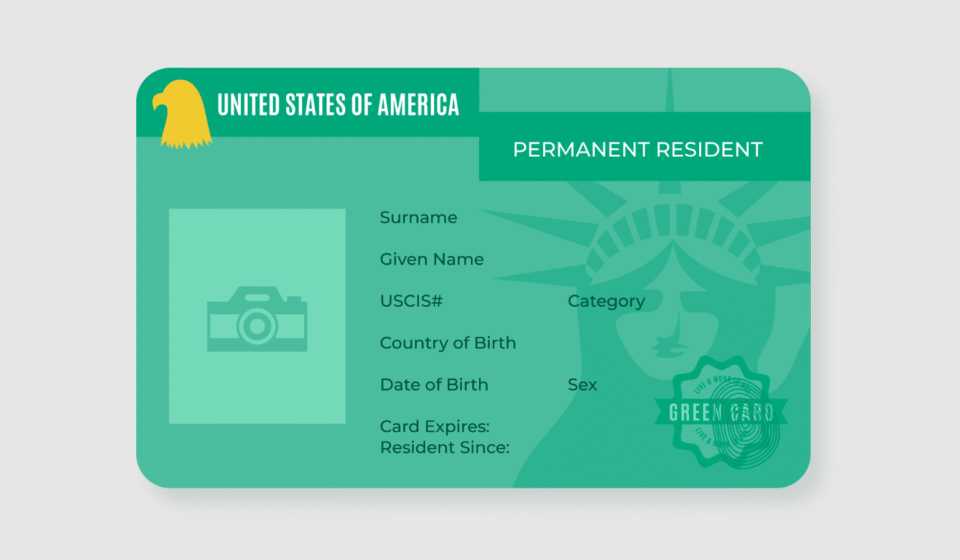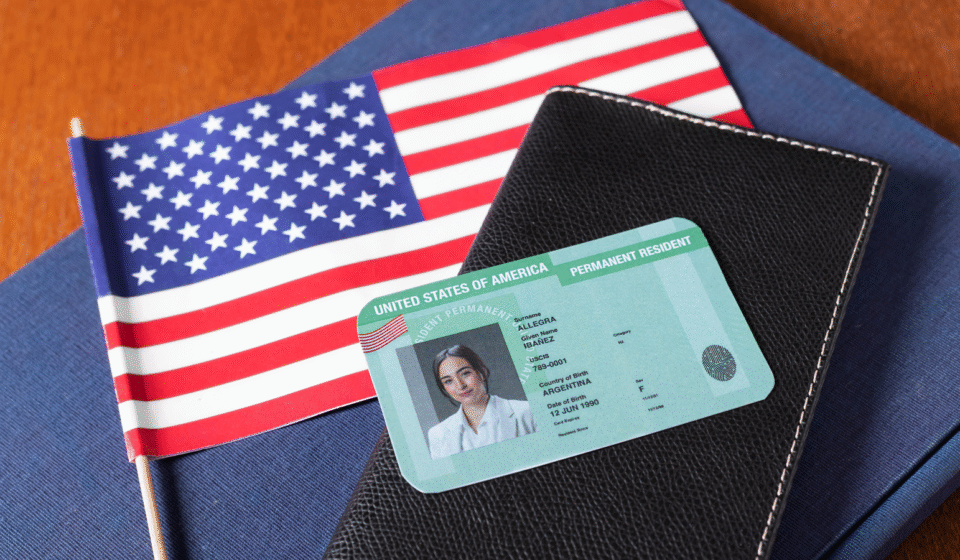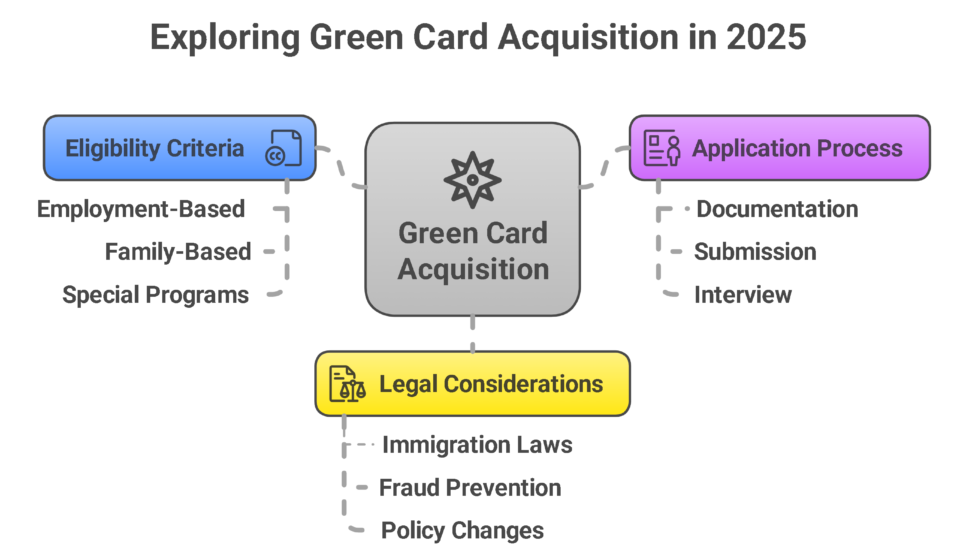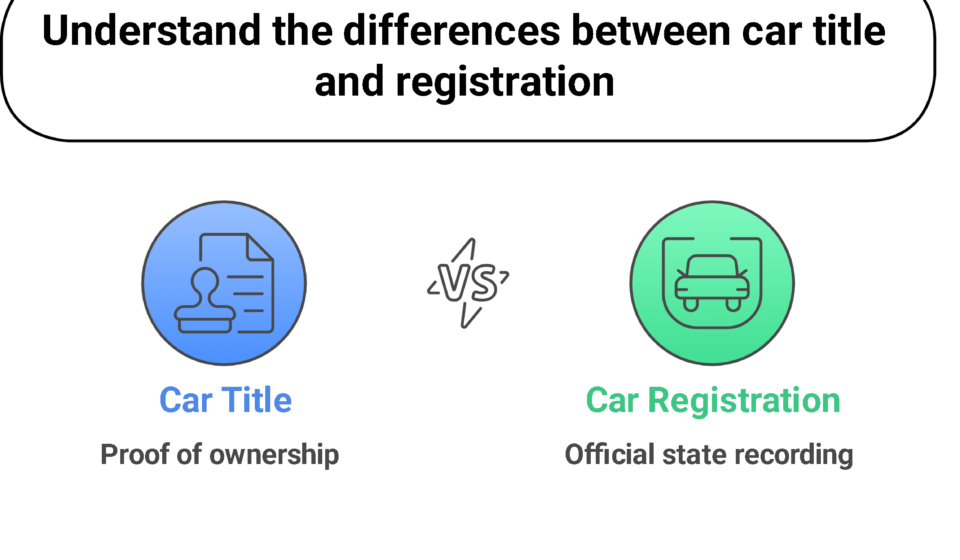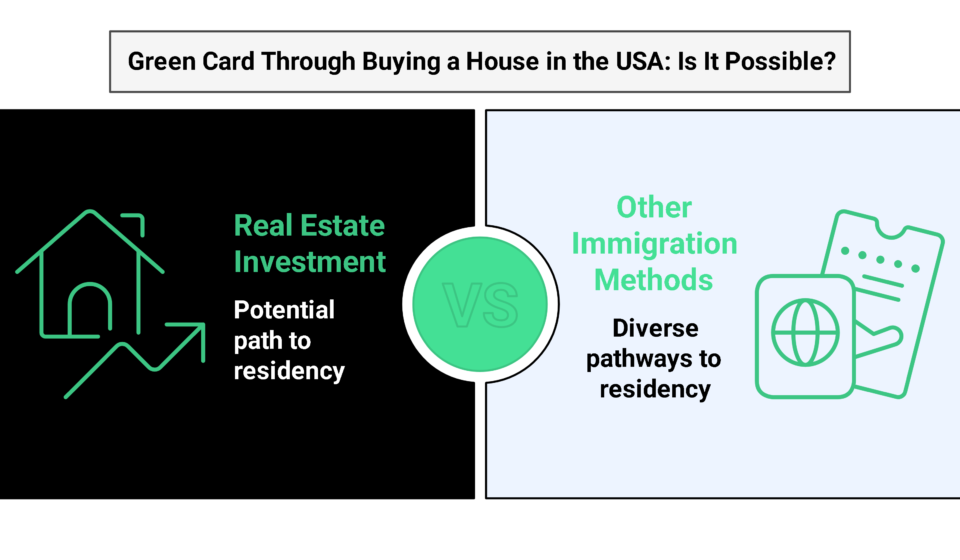Okay, let’s be real for a second. Life gets boring sometimes. Bills, work, errands, repeat. Snooze, right? So, when someone mentions Fake Novelty Documents, most people probably go, “Wait… what even is that?” Don’t worry, I got you. I’ll explain in plain, chill language – no boring textbook style, no official jargon, just straight talk.
So, What Are Fake Novelty Documents Anyway?
Here’s the deal. Novelty Documents are basically fake or fun versions of official papers. And before you think “illegal stuff,” calm down – most of the time, these are 100% for entertainment, props, or jokes.
Think of them like this:
- Fake ID cards (for cosplay or costume parties, not real life, duh)
- Passport replicas (great for film props, Halloween, or just for fun)
- Certificates like “World’s Best Boss” or “Master of Procrastination”
- Driver’s license replicas for decoration or joke gifts
Honestly, they’re basically harmless fun – as long as you don’t try to pass them off as real official documents. Jokes apart, the point is fun, laughs, and sometimes a little creativity.
Why People Actually Buy Fake Novelty Documents
Let’s be honest – people have different reasons. Some are totally harmless:
- For fun → Give a friend a “Ninja Training Completion Certificate.” Instant laugh.
- Props for media → Short films, YouTube videos, TikTok skits, cosplay. Makes stuff look real without the legal mess.
- Collectibles → Some folks just like collecting quirky, unusual things.
- Education or training → Role-playing for teaching, games, or DMV training.
(Note: If you want to get fake Novelty documents easily, contact Advance Novelty Documents.)
To be real, it’s way cooler to hand someone a tiny fake diploma than just say, “Congrats.” Adds a little flair, you know?
Are Fake Novelty Documents Legal?
Here’s where things can get tricky. Let’s clear it up:
- Fun-only use → Totally fine. Certificates or IDs used for jokes, parties, or filming are usually okay.
- Illegal use → Trying to buy alcohol underage or scam someone? Big no-no. That’s a crime. Don’t even think about it.
- Pro tip → Always make it obvious it’s fake (watermark, disclaimer, funny design). Keeps you safe.
Honestly, this is key. People think, “Hey, it’s just for fun,” but some designs are too realistic. If you cross that line, you’re in trouble.
How Do People Get Fake Novelty Documents?
Honestly, it’s not complicated. There are legit online stores and shops that specialize in this stuff. Some even let you customize names, titles, or funny designs.
Here’s the rundown:
- Online stores → Tons of websites sell Novelty Documents for props, gifts, or jokes.
- Custom orders → Want a unique diploma for your bachelor party? Yep, possible.
- Collectible shops → Some physical stores carry fun certificates or mini IDs for parties or collectors.
Pro tip: always check reviews and make sure it’s marketed as “novelty/fun only.” That way you stay out of trouble.
Fun Uses of Fake Novelty Documents
Okay, the best part – ideas! Let’s be honest, this is why most people buy them.
- Party props → Costume parties, themed events, cosplay. Just don’t try to enter a bar with a fake ID, please.
- Gag gifts → “World’s Best Couch Potato” certificate for your lazy friend. Instant laugh.
- Film/video props → Makes short films or TikToks look professional without risking real documents.
- Decor → Stick a miniature fake diploma on your wall. People will stare, you’ll laugh.
Honestly, a small thing like this can make life more fun, even if it’s just a conversation starter.
Things to Keep in Mind
Even though they’re meant for fun, here are a few rules you gotta respect:
- Never try to use them officially – don’t be dumb.
- Make it obvious it’s a novelty product (watermark or disclaimer works).
- Check local laws – some countries are stricter about fake IDs or documents than others.
- Don’t confuse them with real certificates, licenses, or passports.
Honestly, a little caution goes a long way. Better safe than sorry.
Tips for Choosing Good Fake Novelty Documents
- Look for clear labeling – “For novelty purposes only.”
- Check the reviews – other buyers can save you from a scam.
- Make sure the material looks decent – flimsy paper = instant regret.
- Customization? Ask if it’s allowed – sometimes you want names, dates, or funny titles.
Avoid anyone promising it’s “real” or “official.” You don’t need that drama.
Final Thoughts
Honestly, Fake Novelty Documents are a fun way to add humor, creativity, or flair to your life. They’re not real IDs or official papers, so keep that in mind. But for props, gifts, decorations, or just plain fun – they’re awesome.
So next time you want to surprise a friend, decorate your desk, or make a short video look real, consider grabbing a Fake Novelty Document. Just stay smart, keep it legal, and enjoy the laughs. Life’s too short for boring certificates, you know?
Learn more about this.
FAQs
- Can I use fake novelty documents as real IDs?
To be frank, no. They’re strictly for fun. Using them in official situations is illegal.
- Are they expensive?
Not really. Most are cheap, but custom designs can cost a bit more.
- Can I customize them?
Yep. Many online shops let you put names, funny titles, or special designs.
- Are they safe to buy online?
Let’s be honest – if the site clearly says “for novelty purposes only” and has good reviews, you’re safe.
- Can kids use them?
Yes, for play, education, or costume parties. But again, don’t use them to try anything shady.

 Cart is empty
Cart is empty
